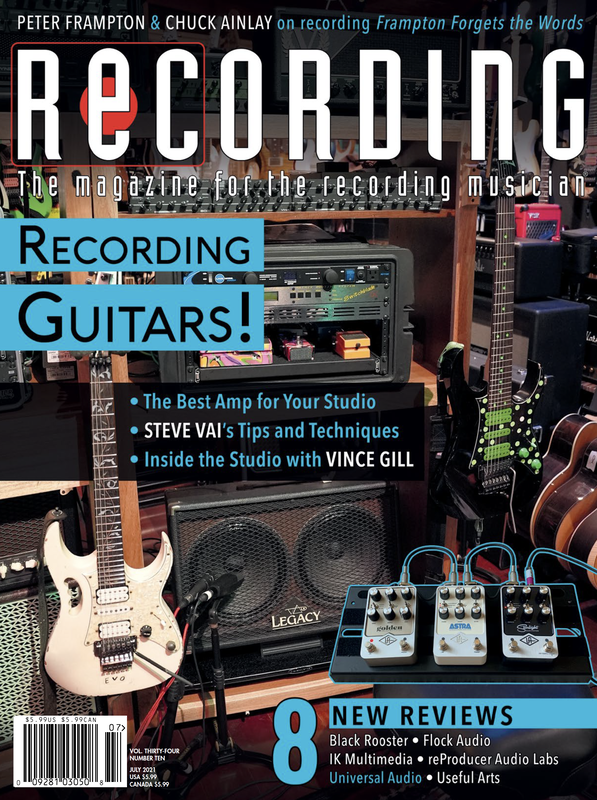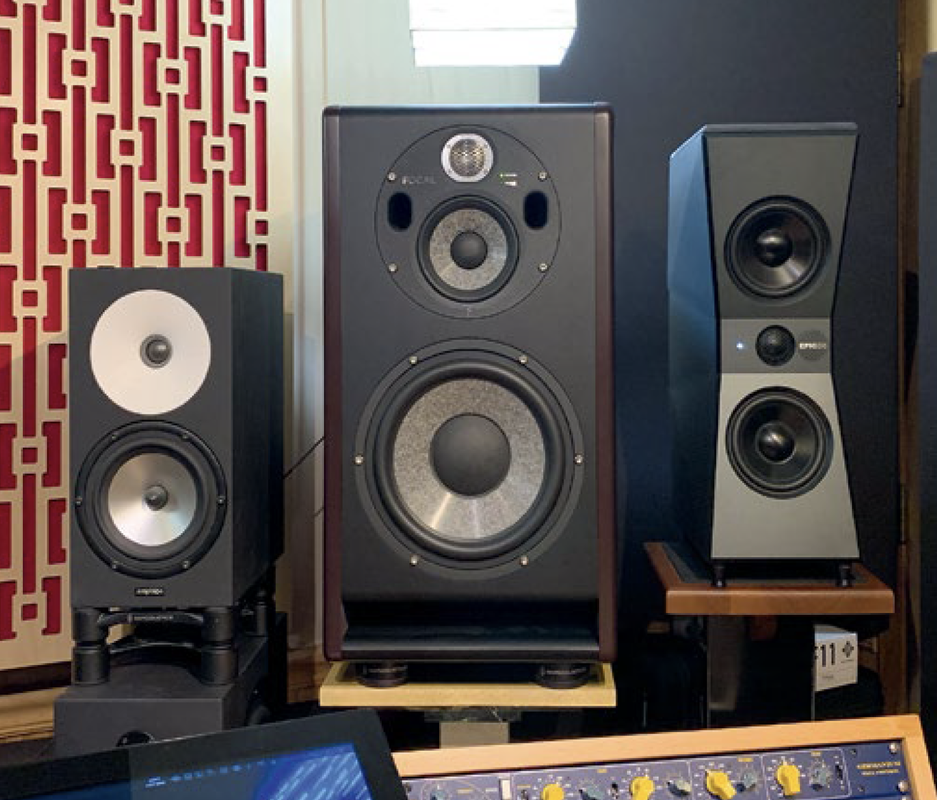reProducer Audio Labs Epic 55 Midfield Monitor
|
This trapezoidal high-rise monitor is toweringly epic.
We first met reProducer Audio Labs in March 2020 with the inaugural Epic 5, a uniquely trapezoidal 5” two-way nearfield monitor with a bottom-firing passive radiator handling lowend dispersion. I found the Epic 5 to be a “beautifully detailed, highly portable, great sounding monitor, custom made for small spaces.” This time around, we meet the larger Epic 55. Everything that made the Epic 5 unique and worthwhile goes double for the Epic 55—literally. |





